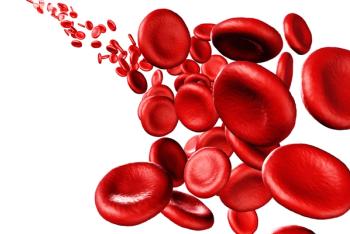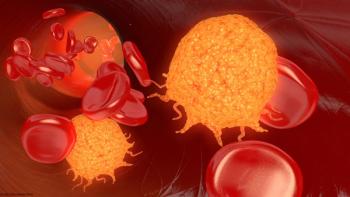
Oncology NEWS International
- Oncology NEWS International Vol 5 No 10
- Volume 5
- Issue 10
Water-Soluble Version of Etoposide Now Available
PRINCETON, NJ--Bristol-Myers Squibb Company has received FDA clearance to market Etopophos (etoposide phosphate) for injection, a new water-soluble version of its anticancer drug VePesid (etoposide).
PRINCETON, NJ--Bristol-Myers Squibb Company has received FDA clearanceto market Etopophos (etoposide phosphate) for injection, a newwater-soluble version of its anticancer drug VePesid (etoposide).
Etopophos can be administered in as few as 5 minutes, representinga marked advantage over the 30- to 60-minute infusion time requiredfor VePesid, the company said.
Etopophos can also be given to patients in higher concentrationsthan VePesid, reducing by up to 1/50th the fluid volume infused.
The new version of the drug has the same indication as VePesid:to be used in combination with other approved chemotherapy agentsas first-line treatment in patients with small-cell lung cancerand in combination with other approved chemotherapy agents inpatients with refractory testicular tumors who have already receivedappropriate surgery, chemotherapy, and radiotherapy.
"This new version of etoposide offers greater convenienceto both patients and the medical professionals who care for them,"said Michelle Daniels, MD, director, Medical Information, Bristol-MyersSquibb Oncology. "Patients may now spend a lot less timein the clinic receiving their treatment."
Articles in this issue
about 26 years ago
Anesthetic Interventions Rise When Anesthesiologists Join the Pain Teamabout 26 years ago
Worldwide UN Survey Shows Many Impediments to Morphine Availabilityabout 26 years ago
Case-Based Pain Curriculum Used in Canadian Schoolsabout 26 years ago
Pain Descriptions May Predict Presence of Neuropathic Painabout 26 years ago
Neurotoxicity Related to High-Dose Opioid Therapy Can Be ManagedNewsletter
Stay up to date on recent advances in the multidisciplinary approach to cancer.


















































































